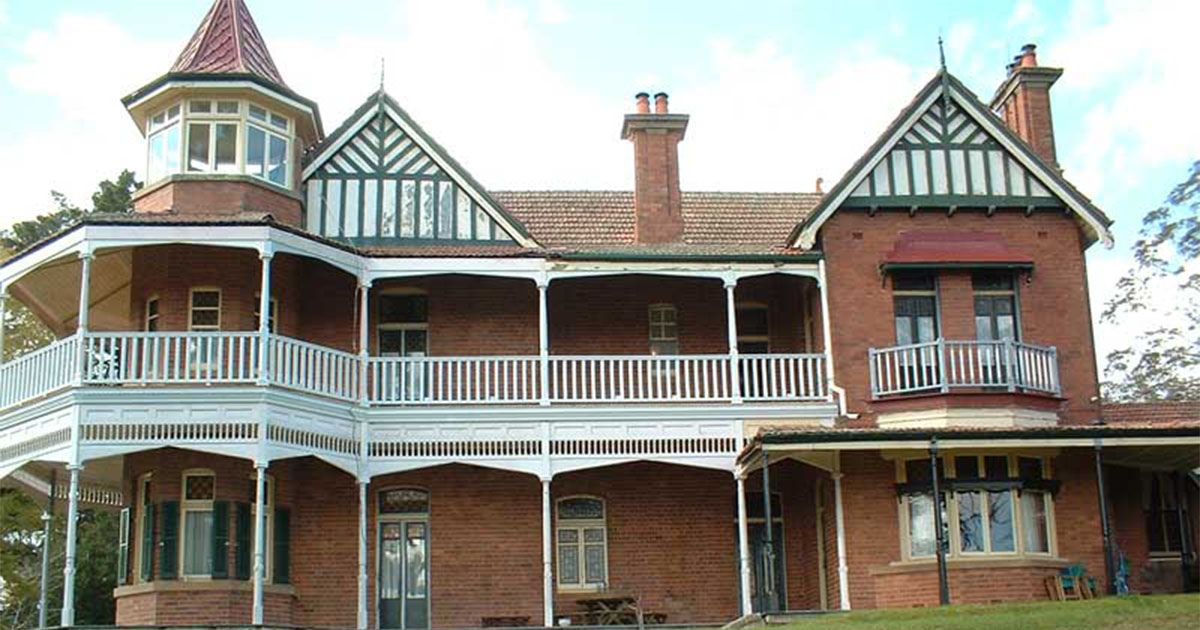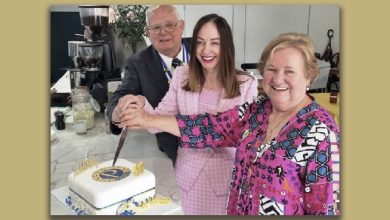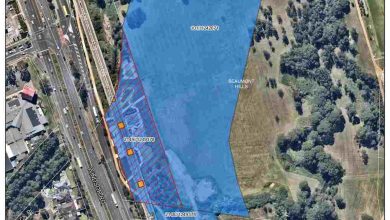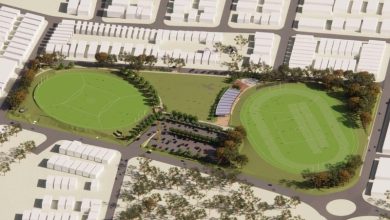The French Connection
France has been in the news recently with the Olympics held in Paris so I thought – “what connection does our area have with France”? Did I know of one French connection of the Hills District?
It is claimed that the first white settler in Castle Hill was a Frenchman, Pierre Lalouette de Vernicourt who was born in Paris, on 4th April 1754. Pierre arrived in Sydney on 14th December 1801, aged 47 years, after serving in the French army and then later with the forces of an Indian Prince in India.
Governor, Phillip Gidley King, granted him 100 acres at Castle Hill in the district of Dundas on 1st February 1802 on which he built a slab hut. The residence was named The Hermitage and has survived more than 200 years through the fortunate use of turpentine timber which is resistant to termites, and which was cut on the estate.
A secondary dwelling was built around the original building which further protected this historic structure. It is considered by historians as possibly the oldest surviving slab building in Sydney. It is located at 340 Old Northern Road (Rogans Hill) occupied by Hills Family Funerals Limited.
De Vernicourt was also assigned the use of six convict labourers to work his land. His life at Castle Hill was short but tumultuous, dying in 1804. During his time at Castle Hill. He had acquired an additional 14 acres of land on the 4th April 1804 by purchasing Ramsay Farm, part of William Cox’s estate at Dundas, for 37 guineas.

Translated as, “an agreeable union of extreme simplicity and a sort of elegance, which proved the delicate taste of its owner, at the same time that he was an utter stranger to every sort of luxury.” A report by Peron goes on to state that De Vernicourt “ran precipitately into the house to make himself decent, and soon afterwards joined us.”
Just five feet two inches (1.57 metres) tall, with black eyes, a very dark complexion and a greatly protruding lower lip, Vernicourt lived an isolated and frugal existence – growing wheat and maize, but also planting coffee from ‘seeds he brought with him’; and, according to Péron, cotton. Although he is said to have largely shunned colonial society, Matthew
Flinders encountered him in August 1803, as did the visiting French merchant Louis Charles Ruault Coutance.
Earlier in 1803, De Vernicourt found himself in the midst of tumultuous events. On 15 February 1803, his farm was attacked by 15 fugitives from the government farm (largely worked by Irish nationalist political prisoners) at Castle Hill. The very first issue of the Sydney Gazette reported that his house was ransacked, and stripped of many articles of plate, wearing apparel, some fire and side-arms, provisions, spirituous and vinous liquors, a quantity of which they drank or wasted in the house. The culprits were caught and several were later sentenced to death.
De Vernicourt died of what was diagnosed, at the inquest, as apoplexy on the night of 4 June 1804. Ironically, he was on his way to a dance at Government House – one of the very few social invitations he appears to have accepted in the colony, and one which fate prevented him from keeping. He was buried on his estate which was sold at auction by his administrator, Robert Campbell, on 3 August 1804.
The advertisement offers a picture of his domain:
Several Head of Horn Cattle, a capital Mare, 69 Sheep, two female Goats, and fifty-nine Pigs: with A Quantity of WHEAT, MAIZE, and POTATOES, Farming Utensils, Household Furniture, &c. &c.
And to be Let at the same time, for the Space of two Years,
That excellent FARM known by the name of the HERMITAGE; containing One Hundred and Fourteen Acres, of which about Fifty are cleared, Eleven and a half under Wheat, and Three laid out in a Garden well stocked with Fruit-trees and Vegetables. On the Premises there is a small Dwelling House, Barn, &c.










